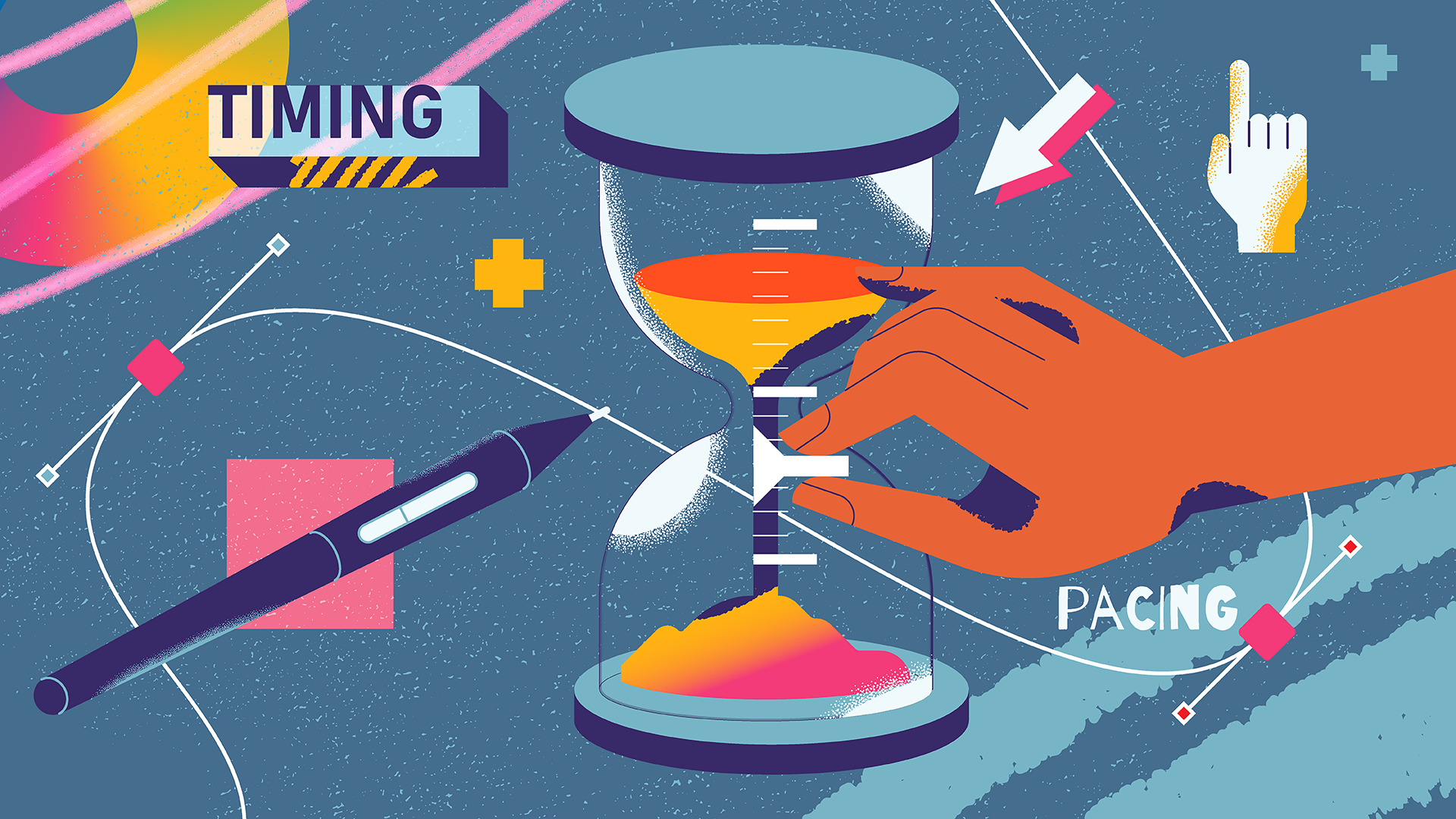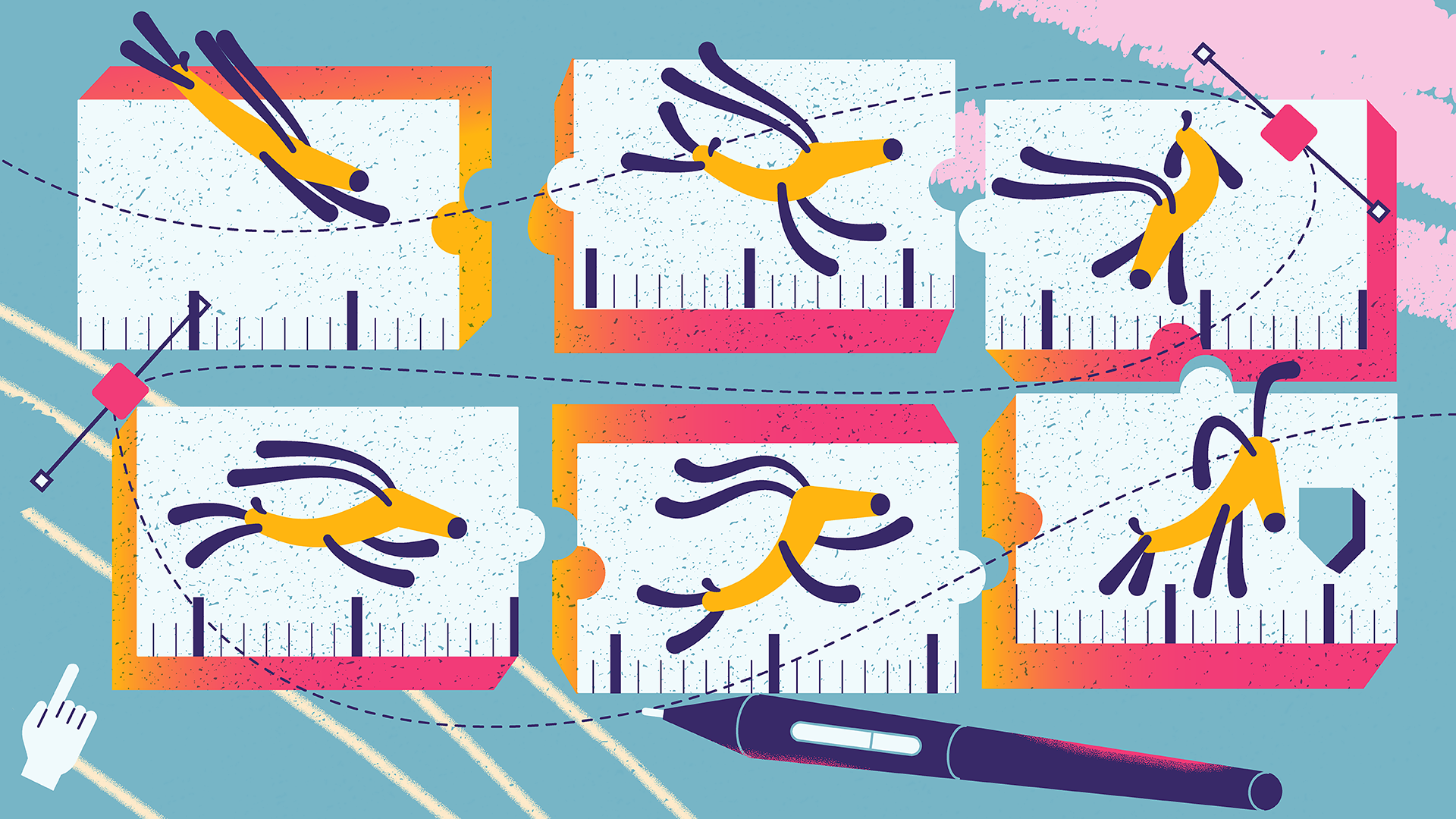Animation is a mesmerizing art form that has the power to transport viewers to imaginative worlds and captivate their senses. Behind the enchanting visuals and engaging characters lies a crucial element that brings life and coherence to animated scenes: timing and pacing. The skillful mastery of timing and pacing is essential for creating rhythm and flow in animated storytelling. In this article, we will delve into the significance of timing and pacing in animation, exploring how they contribute to the creation of captivating and immersive animated scenes.
What are Timing and Pacing?
The Art of Timing in Animation
Timing is the art of precisely orchestrating the duration and placement of movements within an animated scene. It involves understanding the pacing of actions, the speed at which they unfold, and the spaces in between. Just like a musical composition, the timing in animation can convey emotions, enhance comedic moments, and amplify dramatic tension. It is through timing that animators establish a connection between the characters on-screen and the audience, evoking empathy and immersing viewers in the animated world.
Pacing: The Rhythm of Animation
Pacing in animation refers to the overall rhythm and tempo of a scene or an entire animated sequence. It encompasses the collective timing of individual actions, transitions, and narrative beats, determining how the story unfolds in terms of speed and intensity. Pacing sets the tone and guides the emotional journey of the audience, influencing their engagement and investment in the narrative. Whether it’s a fast-paced action sequence or a slow and deliberate character moment, pacing is a powerful tool for conveying the intended mood and driving the narrative forward.
Creating a Connection with the Viewer
Effective timing and pacing establish a strong connection between the animated characters and the audience. When executed well, it can elicit emotions, enhance comedic timing, and heighten dramatic tension.
Through the deliberate manipulation of time, animators can engage viewers on a deeper level, keeping them fully engrossed in the story.
Setting the Tone: The Power of Slower Pacing
In certain instances, slower pacing can be employed to create a sense of suspense, build anticipation, or emphasize a character’s introspection. By elongating the timing between actions or reducing the number of frames, animators can create an atmosphere of tension and make even the smallest movements appear significant. This technique is particularly effective in thrilling or dramatic scenes, where it allows for a heightened sense of realism.

Quick and Energetic: The Art of Fast Pacing
On the other end of the spectrum, fast pacing injects energy and excitement into animated sequences. Rapid movements, snappy transitions, and quick cuts can be used to convey action-packed sequences or moments of frenetic chaos. The frenzied pace helps to create a sense of urgency and keeps the viewer engaged, mirroring the intensity of the scene.
Perfect Timing for Comedy
Comedy is all about timing, and animation provides a unique canvas for exploring comedic timing to its fullest potential. Whether it’s a perfectly timed pause before a punchline or the well-choreographed rhythm of a physical gag, the timing and pacing of humorous scenes are crucial for delivering comedic impact. Skilled animators understand how to play with the timing of movements and dialogue, using subtle variations to create comedic beats that can induce laughter and bring characters to life.
Harmonizing with Sound and Music
Timing and pacing in animation go hand in hand with sound and music design. Just as music relies on rhythm and tempo to evoke emotions, animators can synchronize their work with the audio elements to enhance the storytelling experience. By carefully aligning actions with sound cues or syncing character movements to the beat of a song, animators can create a seamless fusion of visuals and audio that resonates with the audience on a profound level.
Techniques to Enhance Timing and Pacing
Storyboarding: The Blueprint of Timing
Storyboarding serves as the foundation for establishing timing and pacing in animated scenes. By creating a series of sequential sketches or panels, animators can visualize the flow of actions and transitions, allowing them to experiment with different timing options. This process helps in refining the overall rhythm of the scene and ensures that the desired emotional impact is achieved.
Easing and Arcs: Smooth Transitions
Easing is an animation principle that involves adding subtle acceleration and deceleration to the movements of characters or objects. This technique mimics the laws of physics, making the motion appear more natural and organic. Additionally, incorporating arcs into movements—where characters follow curved paths rather than straight lines—further enhances the sense of realism and adds fluidity to the animation.
Exaggeration and Staging: Heightening the Impact
Exaggeration is a powerful tool that animators can use to emphasize the timing and pacing of their scenes. By amplifying certain actions or expressions, they can create a heightened sense of drama or comedy. Additionally, staging—the deliberate arrangement of characters and objects within a scene—can help guide the viewer’s attention and enhance the impact of key moments.
Reference and Observational Studies: Capturing Realistic Timing
To achieve convincing timing and pacing, animators often study real-life references or observe human behavior closely. This research allows them to capture the nuances of natural movements and translate them into their animated work. By understanding the intricacies of how people interact with their surroundings, animators can infuse their scenes with a sense of authenticity that resonates with the audience.

The Role of Sound Design: Using Music and Sound Effects to Enhance Timing and Pacing
In the realm of animation, sound design plays a crucial role in complementing and enhancing the timing and pacing of animated scenes. Let’s explore the significance of sound design in relation to timing and pacing in animation.
RhyEstablishing the Mood: The Power of Music
Music is a powerful storytelling tool that can profoundly influence the mood and atmosphere of animated scenes. By selecting the appropriate musical score, animators can set the tone, whether it’s a whimsical adventure, a heartwarming moment, or a thrilling chase. The rhythm and tempo of the music can align with the pacing of the animation, emphasizing the desired emotional impact. From slow and melodic compositions to fast-paced and energetic tunes, music plays a vital role in enhancing the timing and pacing of animated storytelling.
Sound Effects as Timing Cues
Sound effects serve as valuable timing cues in animation, accentuating specific actions and transitions. They add weight and realism to movements, contributing to the overall timing and rhythm of the scene. Whether it’s the sound of footsteps, the swishing of a cape, or the impact of a punch, well-timed sound effects can emphasize the precise moments animators want to highlight.
The strategic placement of sound effects helps to enhance the pacing of actions, guiding the viewer’s attention and intensifying the overall experience.
Syncing Audio and Visuals
To maximize the impact of timing and pacing, animators must carefully synchronize the audio and visual elements of their scenes. This synchronization creates a seamless integration that enhances the overall flow and immersion of the audience. By aligning the beats of the music or sound effects with key actions, animators can create a cohesive and dynamic experience, where every element works in harmony to engage and captivate viewers. The precise timing of sound cues in relation to on-screen events ensures a seamless connection between the auditory and visual realms.
Emphasizing Emotional Beats
Sound design plays a significant role in emphasizing emotional beats and enhancing the audience’s connection with the animated characters and story. By employing sound effects and music in strategic moments, animators can amplify the impact of key emotional scenes. The use of a poignant musical score, combined with subtle sound effects, can elicit a powerful emotional response from viewers, drawing them deeper into the narrative and intensifying the timing and pacing of these pivotal moments.
Dynamic Soundscapes: Creating Depth and Immersion
The careful layering of sound effects and music creates a dynamic soundscape that adds depth and immersion to animated scenes. A well-crafted audio environment enhances the sense of realism and amplifies the timing and pacing of the visuals. By incorporating background noises, ambient sounds, and spatial audio techniques, animators can create a rich and enveloping auditory experience, heightening the audience’s engagement with the story.
Conclusion
Mastering timing and pacing is a vital skill for animators, as it influences the emotional impact of animated scenes. By understanding the interplay between timing, pacing, and storytelling, animators can create dynamic and engaging animations that captivate audiences. Whether it’s through the careful manipulation of time to build tension or the use of rapid pacing to evoke excitement, the art of timing and pacing breathes life into animated worlds and enhances the overall viewer experience.
So, the next time you find yourself captivated by an animated scene, take a moment to appreciate the subtle mastery of timing and pacing that lies beneath the surface.